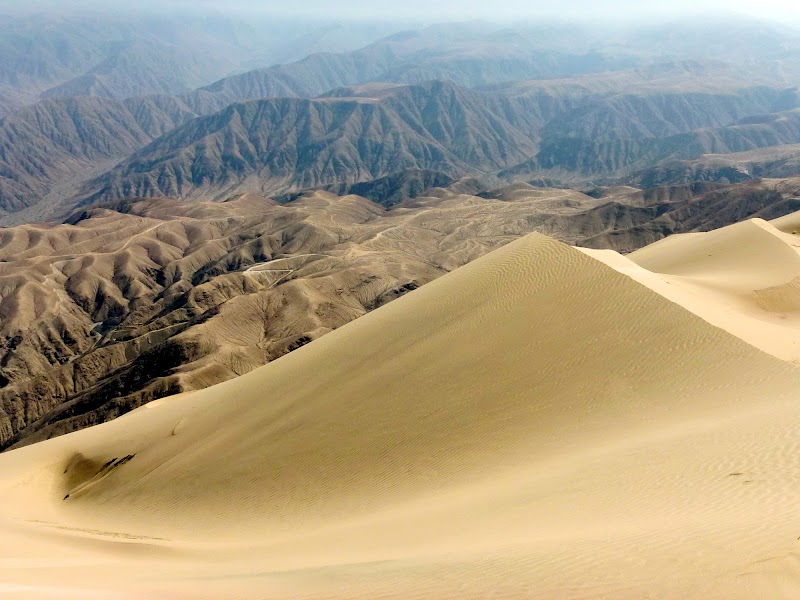
Nazca Lines Protected Sanctuary Adventures
The Nazca Lines Protected Sanctuary preserves one of the world's most extraordinary archaeological landscapes, featuring vast geoglyphs etched into the desert floor that captivate visitors with their enigmatic designs and historical significance.
About Nazca Lines Protected Sanctuary

Located in the arid coastal plains of southern Peru's Ica region, the Nazca Lines Protected Sanctuary encompasses thousands of ancient geoglyphs created by the Nazca culture between 500 BCE and 500 CE. These massive figures, including animals, plants, and geometric shapes, cover approximately 175 square miles and are best viewed from the air or from specially designated observation towers. The surrounding desert environment is characterized by extreme dryness, with sparse vegetation adapted to minimal rainfall. The site holds profound archaeological and cultural importance, offering insight into pre-Columbian societies and their beliefs. While the sanctuary is not a typical outdoor recreation area with trails or campgrounds, visitors come to explore this remarkable cultural landscape via guided tours, flying over the figures, and visiting nearby museums such as the Antonini Archaeological Museum in Nazca. The sanctuary's preservation is critical due to threats from development, vandalism, and natural erosion. Its remote desert setting draws researchers, historians, and curious travelers who value both the mystery of its origin and the stark beauty of the Peruvian desert. Access to the sanctuary is typically arranged from the town of Nazca, which serves as a gateway for flights and ground tours. The area offers opportunities for photography, cultural education, and experiencing one of the world's most unique archaeological sites within a protected natural desert environment.
Highlights
The iconic hummingbird geoglyph, one of the largest and best preserved
Observation towers at the Pan de Azúcar and Cahuachi sites for ground-level viewing
Air tours providing aerial views of numerous animal, geometric, and anthropomorphic figures
Nearby Antonini Archaeological Museum, showcasing artifacts and history of the Nazca culture
Notable Natural Features
Hummingbird Geoglyph
A large, intricate depiction of a hummingbird etched into the desert floor, measuring nearly 100 meters in length.
Monkey Geoglyph
A winding figure believed to represent a spider monkey, notable for its curly tail design.
Cahuachi Archaeological Site
An ancient ceremonial center close to the geoglyphs that provides insight into Nazca religious practices.
